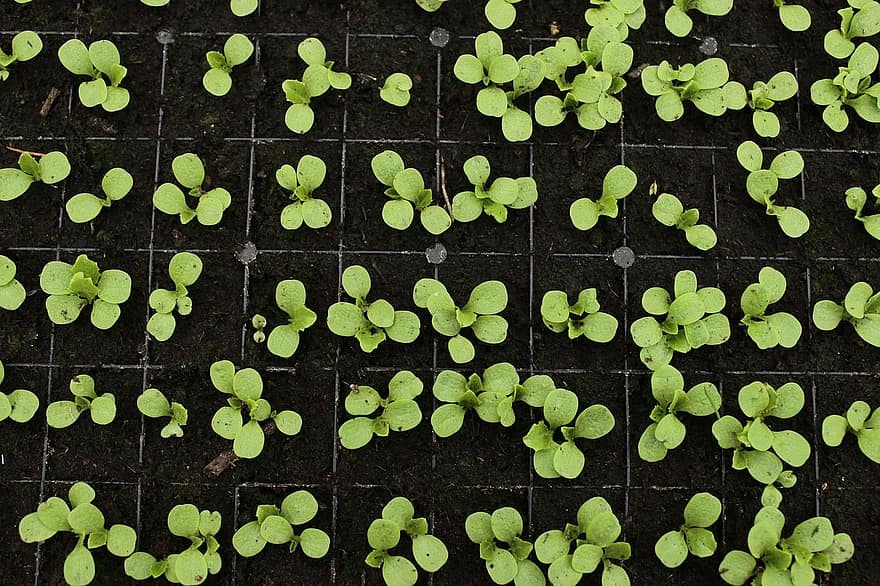If you believe you know enough about greenhouse cultivation and harvesting, think again. Even the advanced greenhouse owner may not yet fully understand certain concepts such as humidity domes. Today’s focus is on heavy-duty equipment known as your humidity dome.
Do you need humidity domes when planting seeds in a greenhouse? We will find out in this edition of the blog, with answers to the most frequently asked questions from planting enthusiasts.

Humidity Domes Defined
In greenhouse gardening, humidity domes are structures or add-on equipment made of plastic, which sits on top of propagators, as well as seed trays. These are domed to let seedlings grow taller, and the material is more than just the aesthetics.
The plastic is flexible and low-cost enough for the dome to be able to increase the humidity and temperature levels of the interiors. So, if your greenhouse provides the right temperature for these herbs, crops, and plants, the humidity dome will add to this benefit.
Successful germination has a variety of temperature requirements, with the ideal temperature between 50 to 65 degrees Fahrenheit on average. The domes are intended for use indoors since most homes may not be this warm. The presence of such tools will manage and stabilize temperature levels, as well as humidity for the ideal growth.
Should I Use A Humidity Dome On Seedlings?
To avoid confusion, take note that humidity domes are for gardening, but not for all applications. Meaning to say, as accessories, without using them, will give you the alternatives to still have the best produce. If you ask if you need humidity domes for seeds, the answer is no. The seeds may germinate without this, but the dome may also be used to improve germination rates for these seeds.
They can also improve on the time and minimize the effort needed to keep the soil in the moist conditions for germinating the seeds.
Does A Humidity Dome Need Holes?
Frankly speaking, humidity domes do not require holes. The dome’s purpose has always been to trap air moisture beneath the cover, thereby increasing humidity.
There are cases when the dome’s vent holes will tell you if there is too much humidity. High humidity may lead to the growth of molds in the soil or in your seedlings. These may cause the holes in the humidity dome to be more attractive when you are planting seeds that take more extended periods of time to germinate.
These holes are often spotted on top or the sides of the humidity dome, but may be placed elsewhere should you want to make these into your customized vault. Getting the right levels of humidity balances the act, in such a way that it warns against too high of the moisture in gardening.
On the other end of the spectrum, less humidity may result in the drying out of the soil, disrupting your seeds, and reducing the rates for germination.
Will Seeds Germinate In A Cold Greenhouse?
Greenhouses are allowing gardeners and farmers to manage the humidity and temperature required for propagating the seeds and letting them grow. Since you have a controlled environment, the gardener may begin seeding anytime. This is one of the advantages of greenhouses.
However, if you start with the process, wherein you take a look at transplanting into gardens outdoors for the spring, then you should get started with the seeds in the greenhouse at most, eight weeks prior to the “last expected frost date” in your area.
To succeed even further, there are seeds that must not be germinated in temperatures around 80 degrees Fahrenheit. The greenhouse’s temperature must also be carefully monitored. Greenhouses are warm in the day, when the sun is up, but may get cooler into the night. Always visit other resources for more details about these specific guidelines.
What Temperature Should A Greenhouse Be At Night?
Seventy-five degrees Fahrenheit or 24 degrees Celsius by night (90 degrees Fahrenheit, or about 32 degrees Celsius by day) — this is the advisable temperature that greenhouses must be. The temperature for vegetables may depend on the type of the crop, but having these at cooler temperatures has been proven to showcase better outcomes.
Mainly, your plants will grow more branches and floral buds than plants grown in warmer temperatures.
To fully understand and to help you decide whether you must have the humidity dome in your gardens, it is excellent to know about the humidity. In gardening, this pertains to the presence and percent water vapor in the air, which directly affects levels of moisture in the greenhouse.
Do you need humidity domes when planting seeds in a greenhouse? Humidity is one of the most important concepts to learn in gardening and horticulture since this will critically affect the outcomes of the crops.
With greenhouses, it will be easier to work with humidity levels because of the opportunities for customization it has for every gardener. You can choose from various sizes of the structure, depending on what you need. The right greenhouse protects your plants from changing weather patterns, strong winds, low temperatures, ground frost, and more.
